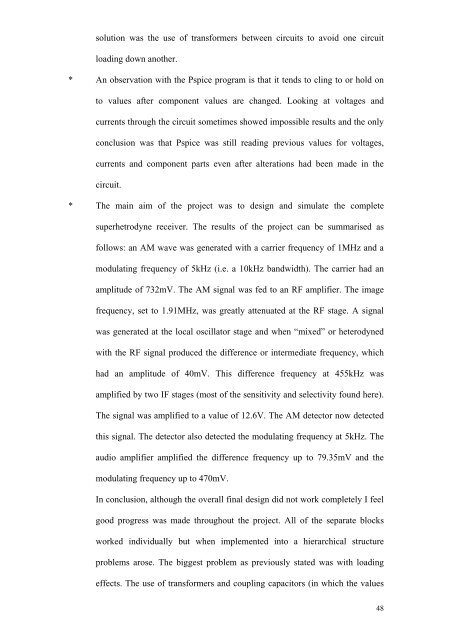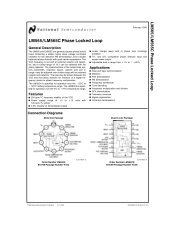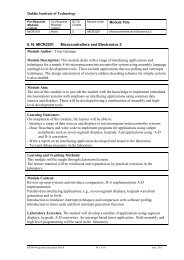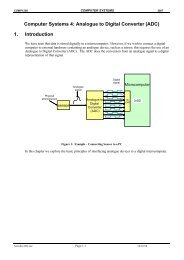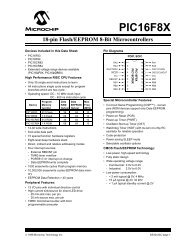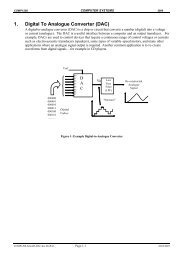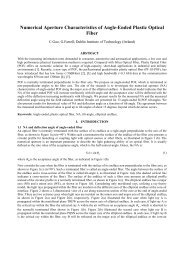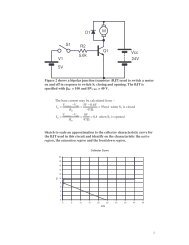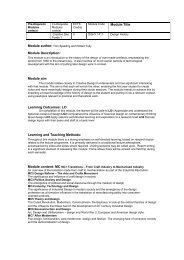simulation of a superheterodyne receiver using pspice - School of ...
simulation of a superheterodyne receiver using pspice - School of ...
simulation of a superheterodyne receiver using pspice - School of ...
Create successful ePaper yourself
Turn your PDF publications into a flip-book with our unique Google optimized e-Paper software.
solution was the use <strong>of</strong> transformers between circuits to avoid one circuit<br />
loading down another.<br />
* An observation with the Pspice program is that it tends to cling to or hold on<br />
to values after component values are changed. Looking at voltages and<br />
currents through the circuit sometimes showed impossible results and the only<br />
conclusion was that Pspice was still reading previous values for voltages,<br />
currents and component parts even after alterations had been made in the<br />
circuit.<br />
* The main aim <strong>of</strong> the project was to design and simulate the complete<br />
superhetrodyne <strong>receiver</strong>. The results <strong>of</strong> the project can be summarised as<br />
follows: an AM wave was generated with a carrier frequency <strong>of</strong> 1MHz and a<br />
modulating frequency <strong>of</strong> 5kHz (i.e. a 10kHz bandwidth). The carrier had an<br />
amplitude <strong>of</strong> 732mV. The AM signal was fed to an RF amplifier. The image<br />
frequency, set to 1.91MHz, was greatly attenuated at the RF stage. A signal<br />
was generated at the local oscillator stage and when “mixed” or heterodyned<br />
with the RF signal produced the difference or intermediate frequency, which<br />
had an amplitude <strong>of</strong> 40mV. This difference frequency at 455kHz was<br />
amplified by two IF stages (most <strong>of</strong> the sensitivity and selectivity found here).<br />
The signal was amplified to a value <strong>of</strong> 12.6V. The AM detector now detected<br />
this signal. The detector also detected the modulating frequency at 5kHz. The<br />
audio amplifier amplified the difference frequency up to 79.35mV and the<br />
modulating frequency up to 470mV.<br />
In conclusion, although the overall final design did not work completely I feel<br />
good progress was made throughout the project. All <strong>of</strong> the separate blocks<br />
worked individually but when implemented into a hierarchical structure<br />
problems arose. The biggest problem as previously stated was with loading<br />
effects. The use <strong>of</strong> transformers and coupling capacitors (in which the values<br />
48


